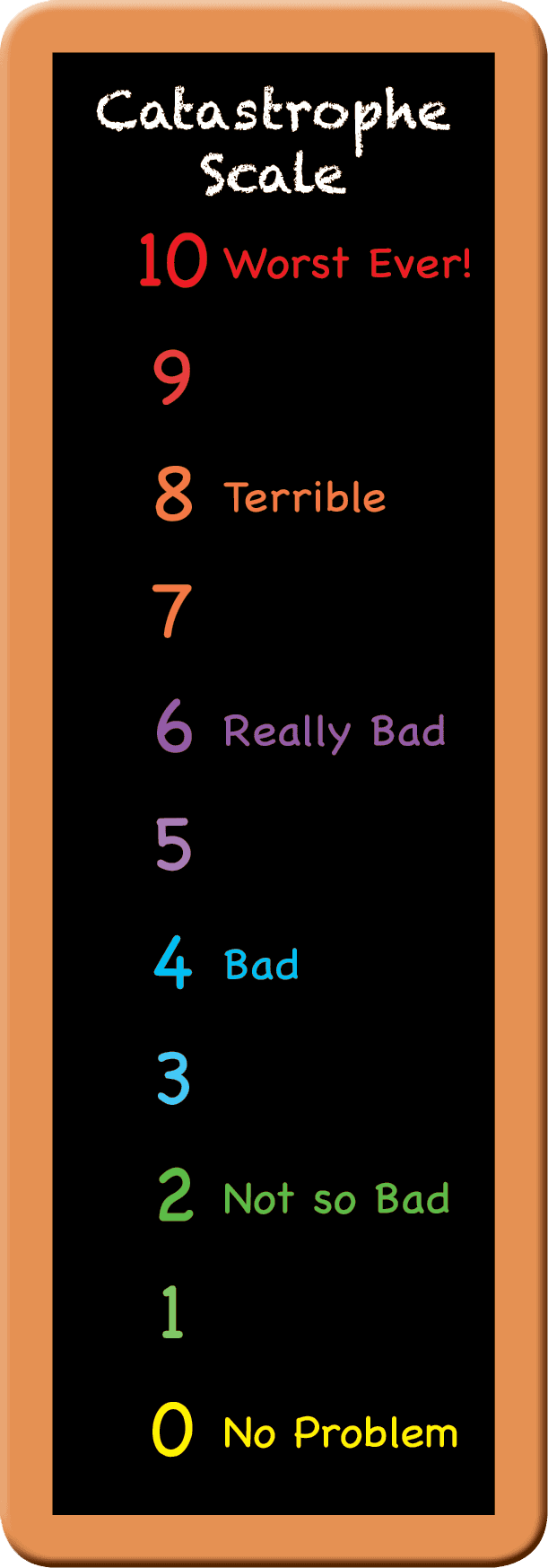
Ask Ed provides a process for reflection and solution finding.
Any problems identified in the classroom can be entered into the Ask Ed program. This can include students coming late, bad language, not completing set work, choosing inappropriate spots to work, interrupting when others are speaking, bullying – any problem at all.
CLASSROOM
Use Ask Ed when a whole class issue has been identified, e.g. Pack Up Time Routines, Entering the Classroom, Class Discussion Protocols.
‘I have noticed a problem at pack up time, only a few students are assisting. This room is the responsibility of everyone. Lets work through the problem using Ask Ed and generate some ideas.’
The Ask Ed report can be printed and displayed for reference. Email the Ask Ed report to yourself, display on the interactive white board for reference and further discussion, e.g. Did we use the ideas to sort the problem? What worked, what didn't work?
Generate new ideas if required by working through Ask Ed again.
INDIVIDUAL STUDENTS
Use Ask Ed when a student overreacts to a minor problem.
‘l have noticed you are having some problems completing your work, getting to school on time, pushing others, getting organised, working in a group, calling out at inappropriate times - Let’s use Ask Ed to generate some ideas to help with the problem.’
The Catastrophe Scale can help a student put problems in perspective and the generation of ideas will allow control of the situation and a way to react in a positive way.
Introducing the Catastrophe Scale Teaching Tips

- What is a Catastrophe?
- What can you see on the scale?
- What is the purpose of the Catastrophe Scale?
- How can you use the Catastrophe Scale in your own life?
- Tell me a problem you have experienced and rate it on the scale. Why did you choose that rating?
- Lets look at the words used on the scale. Tell me some problems that would fit with the words no problem, not so bad, bad, really bad, terrible, worst ever.
Introducing the Catastrophe Scale Teaching Tips
- What is a Catastrophe?
- What can you see on the scale?
- What is the purpose of the Catastrophe Scale?
- How can you use the Catastrophe Scale in your own life?
- Tell me a problem you have experienced and rate it on the scale. Why did you choose that rating?
- Lets look at the words used on the scale. Tell me some problems that would fit with the words no problem, not so bad, bad, really bad, terrible, worst ever.
Introducing the Catastrophe Scale Resources
Select a button to access resources. Additional resources are available on the Teachers Resource page.
